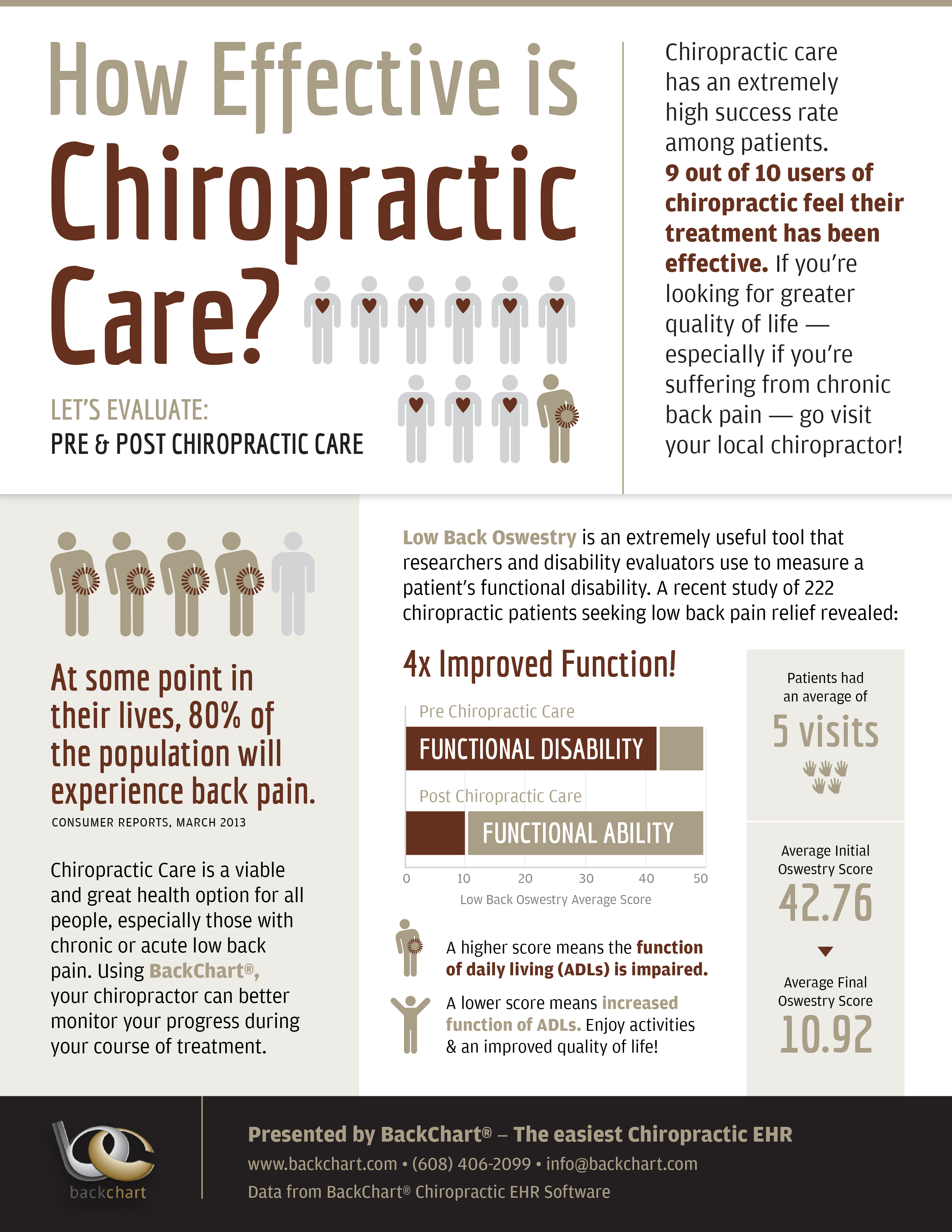Many People Forget Refined Indicators Of Stress; Discover If You Are Just One Of Them And Find Out How Soft Tissue Therapy Can Help
Many People Forget Refined Indicators Of Stress; Discover If You Are Just One Of Them And Find Out How Soft Tissue Therapy Can Help
Blog Article
Writer-Balle Brun
If you have actually been managing relentless muscular tissue tension or tightness, you might be questioning if there's a much better service than just over-the-counter pain relief. Minimal range of activity and recurring discomfort after an injury can seriously affect your daily life. These signs commonly suggest that your body requires extra targeted treatment. So, just how do you recognize when it's time to take into consideration soft Tissue therapy? Let's explore https://chiropractic-and-wellness95062.blogrelation.com/39252569/why-does-soft-tissue-therapy-hurt-understanding-the-process that could stun you.
Persistent Muscular Tissue Tension and Rigidity
If you usually find yourself feeling tight and rigid after a long day, you might be taking care of persistent muscular tissue tension. This discomfort can creep in from everyday activities, inadequate pose, or even stress.
where to buy l arginine supplements may discover that certain locations, like your neck or shoulders, really feel specifically limited, making it tough to relax. Neglecting this stress can result in even more substantial problems, impacting your general health.
You might locate it testing to unwind or really feel tired despite obtaining enough sleep. Integrating regular stretches or gentle movement can help ease a few of this tightness, yet it mightn't suffice.
If the stress lingers, looking for soft Tissue therapy can give the alleviation you require, helping to recover balance and comfort in your body.
Restricted Series Of Motion
A minimal range of activity can considerably affect your day-to-day activities and general lifestyle. You could discover straightforward jobs, like reaching for a product on a rack or bending down to link your shoes, coming to be significantly hard.
This restriction typically originates from limited muscles, joint issues, or previous injuries, making motion awkward or perhaps unpleasant. When you can not relocate easily, it affects your capacity to workout, play sporting activities, or take part in pastimes you take pleasure in.
Soft Tissue therapy can help reduce these issues by targeting the underlying muscle mass stress and enhancing flexibility. If you see tightness, discomfort, or a failure to totally prolong or flex your joints, it deserves taking into consideration therapy to restore your movement and enhance your total wellness.
Persistent Pain After Injury
Experiencing consistent pain after an injury can be irritating and incapacitating. You may've assumed the pain would discolor with time, but when it sticks around, it could signal a deeper concern.
This recurring pain might impede your day-to-day activities and affect your quality of life. You may discover rigidity, swelling, or level of sensitivity in the damaged location, which can limit your capacity to move freely.
If you have actually tried rest, ice, or over the counter medications without success, it's essential to consider soft Tissue therapy. This approach targets the muscular tissues, tendons, and tendons surrounding the injury, promoting recovery and discomfort alleviation.
Don't let persistent pain control your life-- seek out expert assistance to get back on course and reclaim your flexibility.
Verdict
If you're experiencing persistent muscle stress, restricted variety of movement, or relentless discomfort after an injury, it's time to take into consideration soft Tissue therapy. Ignoring these indicators can cause more discomfort and impede your day-to-day activities. Instead of relying only on over-the-counter drugs, looking for specialist aid can effectively address your signs and symptoms and advertise healing. Don't wait for your pain to intensify-- take action now and boost your lifestyle with the right treatment.
